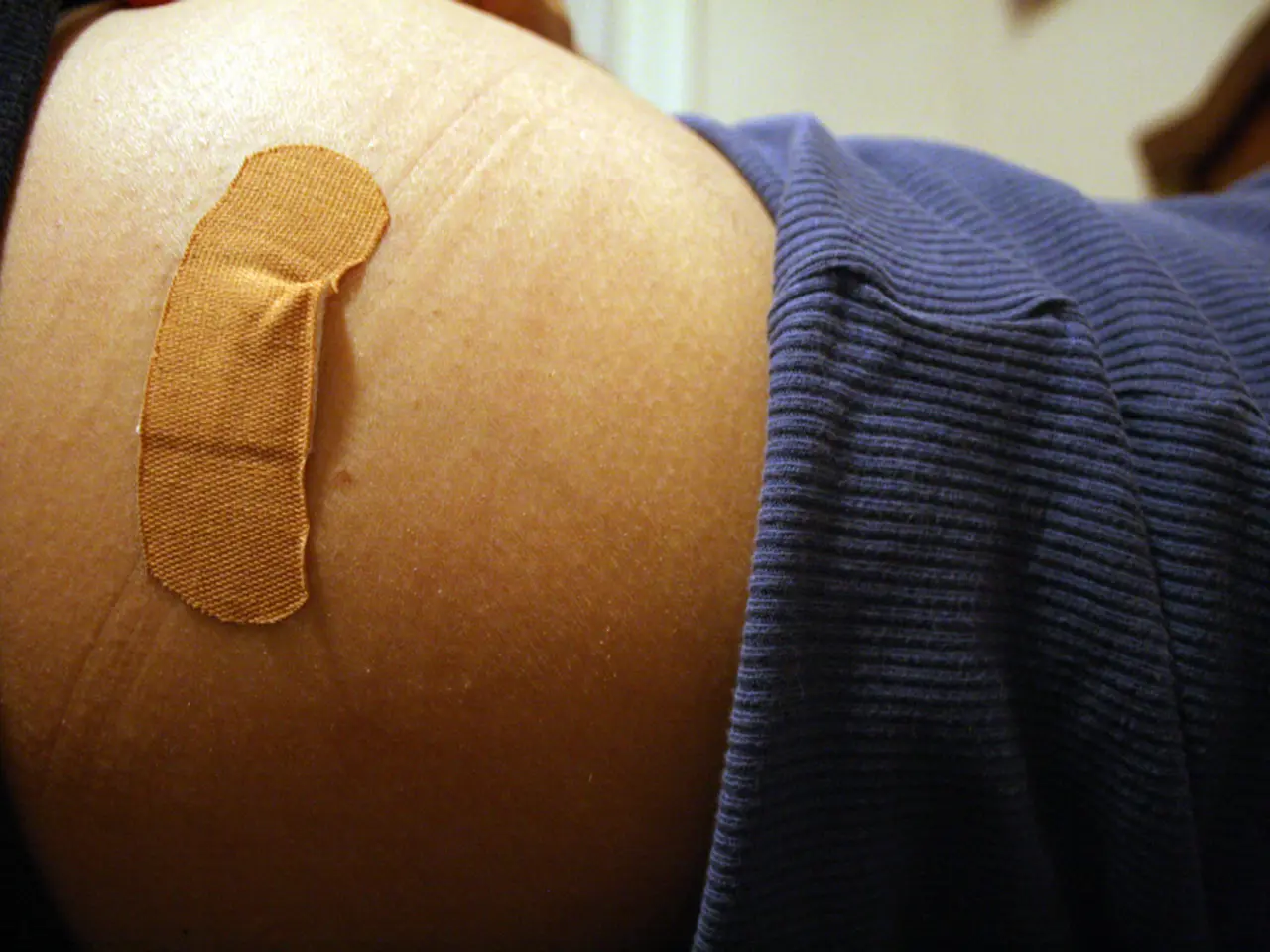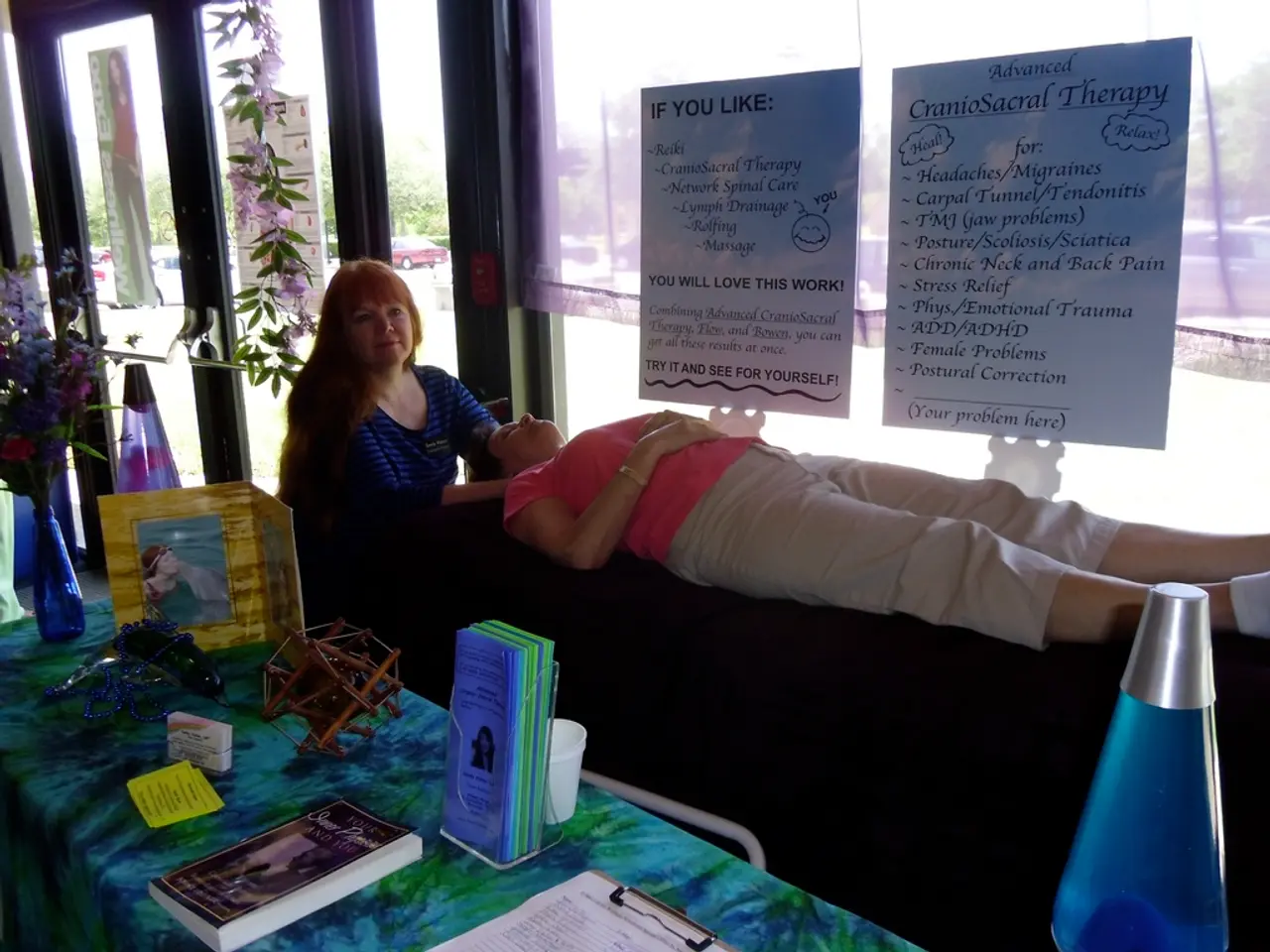Asperger's Syndrome: Causes, Symptoms, and Treatment Strategies
Since 2013, the diagnosis of Asperger's Syndrome (AS) has undergone significant changes due to updates in the Diagnostic and Statistical Manual of Mental Disorders (DSM). The American Psychiatric Association (APA) eliminated AS as a separate diagnosis, consolidating it under the single diagnosis of Autism Spectrum Disorder (ASD).
The DSM-5 now categorises AS as part of Level 1 ASD, which requires support, typically with milder symptoms. The previous separate domains of social deficits and communication deficits have been combined into one domain termed social communication. The diagnosis is based on two core symptom domains: social communication and interaction deficits, and restricted, repetitive patterns of behaviour, interests, or activities.
The onset criteria now specify that symptoms must be present in the early developmental period, but they may not fully manifest until social demands exceed capabilities. The DSM-5 uses a dimensional approach, rating symptom severity and support needs in these domains rather than separate categorical diagnoses.
The current diagnostic criteria for ASD (DSM-5) include persistent deficits in social communication and social interaction across multiple contexts, and restricted, repetitive patterns of behaviour, interests, or activities. Symptoms must cause clinically significant impairment in social, occupational, or other important areas of functioning, and these disturbances are not better explained by intellectual disability or global developmental delay.
The exact number of people living with AS is unclear, with estimates suggesting about 1 in every 250 people. Potential strengths of individuals with AS include the ability to recognise patterns, a strong ability to focus and pay attention to detail, and a strong persistence.
Early signs of AS may include poorly coordinated motor skills, obsessive interests, repetitive routines, peculiarities in speech and language, socially different behaviour, issues interacting successfully with others, issues with nonverbal communication, clumsiness, and lack of coordination.
Therapies for AS include education and academic skills support, acquiring appropriate social skills, communication skills training, cognitive behavioural therapy (CBT), behaviour modifications and supports, occupational or physical therapy, and medication for symptoms such as anxiety. Parents and caregivers may benefit from learning experiences that help them gain a deeper understanding of AS, enabling them to better support individuals living with AS and prevent feelings of isolation.
Alternative therapies such as music therapy, sensory integration therapy, acupuncture, and massage may also help, but their effectiveness is not fully supported by evidence. The core characteristics of Asperger's syndrome are lifelong, but additional support can help the individual maximise their achievements and quality of life.
Some potential complications of Asperger's syndrome include sensory difficulties, social issues, and the development of other conditions such as depression or anxiety related to social isolation or other challenges. It is more prevalent in males than females.
If a parent or caregiver suspects delays in social skills, they can refer the child to a pediatrician. Other medical conditions are more common in autistic people, such as immune conditions, gastrointestinal and sleep disorders, seizures, obesity, dyslipidemia, hypertension, and diabetes. A physical test can rule out other conditions and determine whether a physical disorder is causing the symptoms.
Diagnosing AS can be challenging due to potential confusion with other mental health conditions and issues in diagnosing across genders. However, an accurate diagnosis or appropriate treatment may not occur until adulthood due to the wide range of symptoms. Not every child qualifies for an Individualized Education Plan (IEP) or Gifted Individualized Education Plan (GIEP), but if an educational team believes it is necessary, the child will gain additional support protected by law.
In summary, the diagnosis of Asperger's syndrome has changed significantly since 2013, reflecting a shift to viewing autism as a spectrum disorder with a range of presentations rather than distinct subtypes. Early diagnosis and appropriate treatment can help individuals with AS maximise their achievements and quality of life.
- The updated DSM-5 has categorized Asperger's Syndrome (AS) as part of Level 1 Autism Spectrum Disorder (ASD), which necessitates support due to milder symptoms.
- Following the DSM-5's dimensional approach, symptoms in AS are rated for severity and support needs, rather than being separately categorized as disorders.
- Potential complications of Asperger's syndrome include sensory difficulties, social issues, and the development of other conditions such as depression or anxiety related to social isolation or other challenges.
- If suspected social skill delays arise in a child, they can be referred to a pediatrician, as other medical conditions may be more common in individuals on the autism spectrum, affecting areas like the immune system, gastrointestinal health, sleep, and more.




